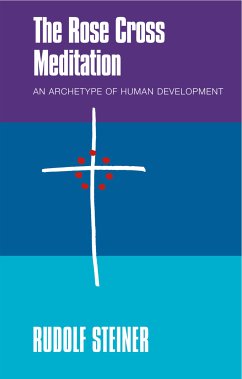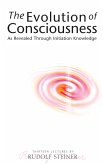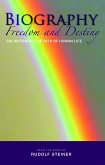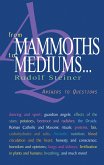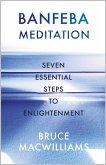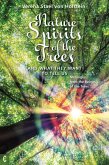The Rose Cross meditation features the red rose as an image to which the student, via specific means, aspires. To the plant is added the black cross which, pointing to the mystery of death and resurrection, provides a symbol of the higher development of the human I. The metamorphosis of the roses and the cross into the symbol of the Rose Cross is brought about by the student's inner efforts, creating an entirely new image. This becomes the starting point for further steps along the meditative path.The Rose Cross meditation is the only pictorial meditation whose content and structure Steiner described in such detail. In this invaluable book, the editor has drawn together virtually all Rudolf Steiner's statements on the subject, arranging them chronologically within the motif of each chapter. His words are supported by commentary and notes.
Dieser Download kann aus rechtlichen Gründen nur mit Rechnungsadresse in A, B, BG, CY, CZ, D, DK, EW, E, FIN, F, GR, H, IRL, I, LT, L, LR, M, NL, PL, P, R, S, SLO, SK ausgeliefert werden.

